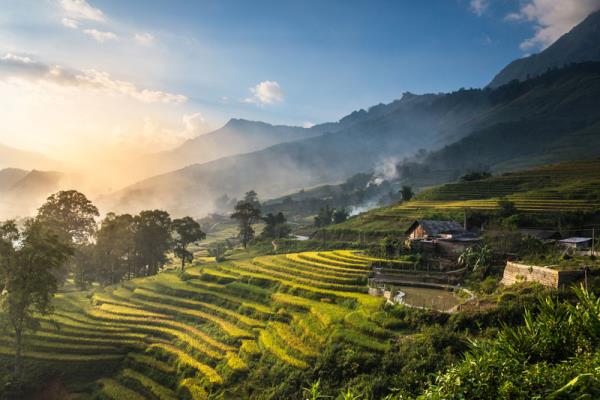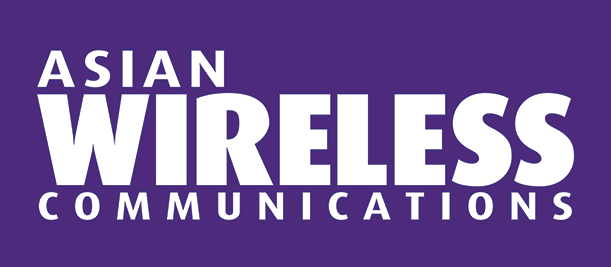10 April 2025

In a landscape where many local organizations still depend on manual assessments to direct aid during disasters, the DISHA pilot — currently in beta mode — introduces a Socio-Economic Mapping solution developed in collaboration with McKinsey & Company and its AI division, QuantumBlack. This innovative approach aims to provide more timely and precise information, facilitating faster response times during emergencies.
Key features of the DISHA pilot include the Population Movement heatmap, which identifies unexpected shifts in population within disaster-affected regions in near real-time using trends derived from telecommunications data. Additionally, the pilot includes a Poverty Nowcasting feature that employs machine learning models trained on government census data, telecom trends, and other anonymized signals to deliver a regularly updated perspective on poverty levels.
According to Katya Klinova, head of AI for humanitarian and development use at UN Global Pulse, these tools significantly enhance humanitarian responses during disasters: “when used responsibly, trends derived from telecommunications data can meaningfully augment operational analytics available to first responders.”
Globe Telecom is providing critical data and connectivity for the DISHA project.
“Our partnership with DISHA provides a crucial data-for-good solution that will enable disaster management agencies and partner organizations to deliver life-saving aid to those who need it the most. Because connectivity is essential in those first critical hours after a disaster, DISHA's Socio-Economic Mapping solution allows Globe to proactively prioritize service availability in shelter areas to enable recovery,” said Jenny Echevarria, Globe’s VP for enterprise data and strategic services.
The project has received valuable feedback from organizations such as Catholic Relief Services, the Philippine Red Cross, and Oxfam, which has helped refine the DISHA dashboard for improved usability and effectiveness.
DISHA selected the Philippines for its pilot due to its status as one of the world's most disaster-prone regions, where approximately 74% of the population faces risks from various natural disasters, including floods, cyclones, earthquakes, tsunamis, and landslides.
As DISHA expands the pilot, it invites humanitarian organizations in the Philippines to test and validate the solution, aiming to enhance disaster response capabilities in a country inherently vulnerable to natural calamities.






